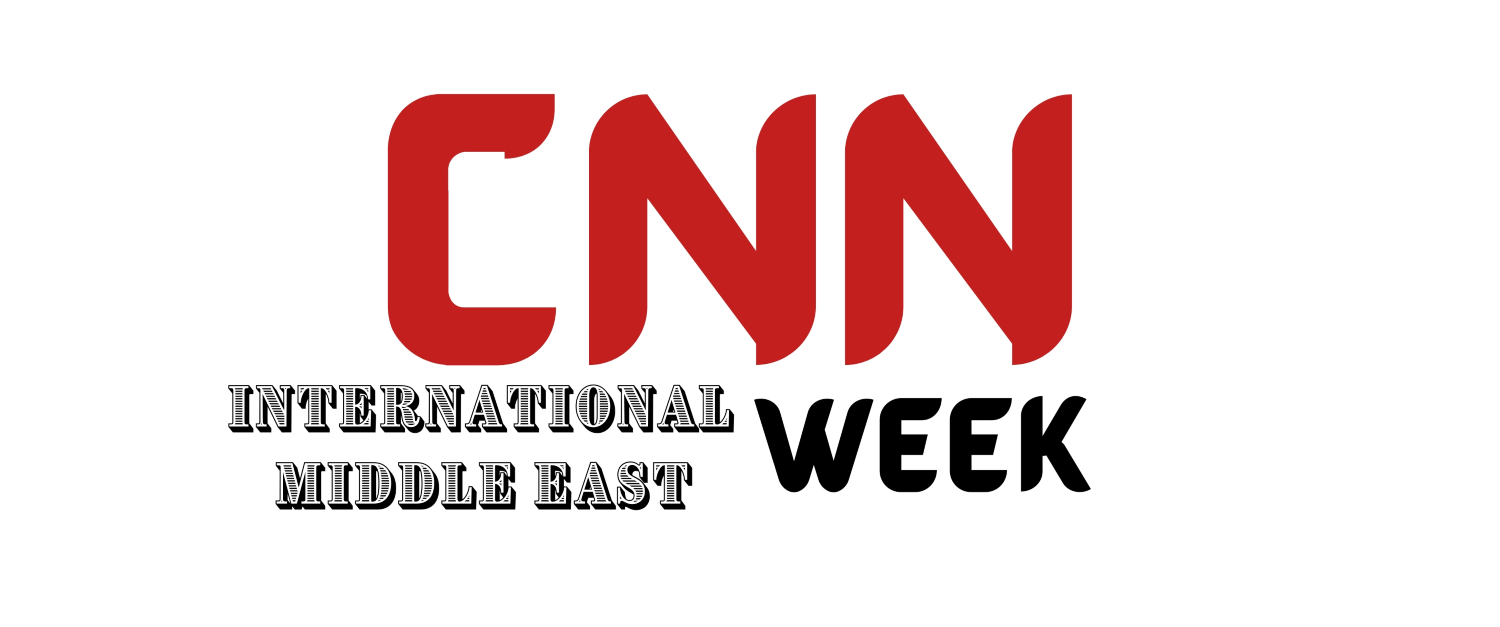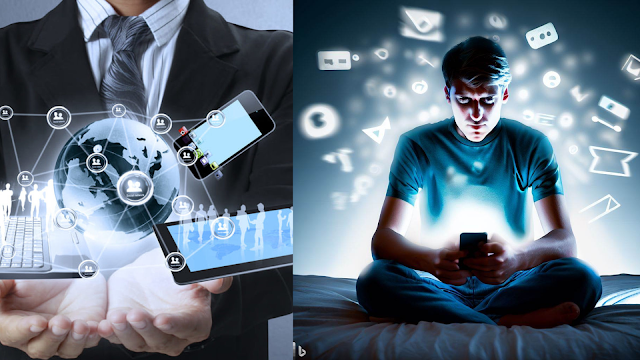By Husein Badr
It’s 2:00 AM, and someone halfway across the world sends you a message. You smile, respond instantly, and suddenly, distance collapses. Technology, in its most poetic form, has made the impossible possible—uniting people across time zones, cultures, and continents.
But in the same breath, it has left many of us feeling more alone than ever. Despite the likes, follows, and emojis, the age-old question remains: Are we really connected?
As we step deeper into the 21st century, technology is not just reshaping how we communicate—it’s redefining what it means to be human, to relate, to belong. And the implications are massive.
I. The Digital Revolution: A New Language of Connection
Over the past two decades, communication has transformed more dramatically than in any other point in human history. From handwritten letters that took weeks to arrive, to instant video calls, the tools of connection have become faster, smarter, and more immersive.
Apps like WhatsApp, Zoom, TikTok, Instagram, and X (formerly Twitter) have become not just platforms, but ecosystems of human interaction. They carry our relationships, our celebrations, our grief, our memories.
Emoji replaced tone. GIFs replaced sentences. “Seen” replaced silence.
But in this hyper-connected digital age, quantity of communication often replaces quality.
II. The Illusion of Connection
While social media promises closeness, studies show a different picture: increased loneliness, social anxiety, and mental health struggles—especially among youth.
Platforms designed to bring people together now operate on a model that often exploits our attention, rewards performance, and punishes authenticity. The “like” button, once a symbol of appreciation, has become a measure of worth. Online validation is addictive—but also empty.
You may have thousands of followers and yet no one to talk to when it really matters.
You may post smiling selfies while hiding silent tears.
Are we connected—or just digitally entangled?
III. Relationships in the Digital Age
Romantic Relationships 💔💬
Dating apps like Tinder, Bumble, and Hinge have revolutionized romance. They've made it easier than ever to meet people outside of our immediate circles. But they’ve also commodified intimacy.
Swiping reduces people to profiles. Love becomes a game of algorithms. Ghosting becomes acceptable. Vulnerability becomes a risk.
Yes, technology has opened doors—but it’s also cheapened emotions. In a world of options, commitment becomes a challenge. And while some relationships thrive online, many drown in misunderstanding, miscommunication, or the illusion of perfection.
Friendships and Family 👨👩👧👦💻
Video calls, group chats, and family WhatsApp groups keep people connected across continents. Grandparents in Cairo can see their grandkids in Toronto every night.
But physical presence is irreplaceable. No emoji can replicate a hug. No voice note can replace shared silence on a walk.
Technology can supplement human connection—but it should never substitute it.
IV. Generation Z and the Hyper-Connected Identity
For Gen Z, there’s no such thing as “online” and “offline”—everything is just life. This generation grew up on the internet, shaped by memes, movements, and viral trends. They forge friendships in Discord servers, express themselves on TikTok, and build identities through digital avatars.
This hyper-connectedness has created a generation that is more aware, expressive, and globally minded—but also more vulnerable to cyberbullying, digital burnout, and identity confusion.
When your sense of self is shaped by likes, shares, and trends, authenticity becomes a rebellious act.
V. The Workplace and Remote Culture
Technology has radically transformed the way we work. Remote work, once a dream, became the norm during the COVID-19 pandemic. Zoom meetings replaced boardrooms. Slack channels replaced coffee breaks.
And while this has increased flexibility and reduced commuting stress, it has also weakened workplace culture. Casual conversations, mentorships, and spontaneous creativity suffer when screens replace shared space.
Remote work is efficient—but is it human?
Companies are now challenged to rethink human connection in digital workspaces. Can you build trust over video? Can empathy travel through Wi-Fi?
VI. AI, Chatbots, and the Future of Emotion
With AI companions like Replika and emotional chatbots being used for therapy, the line between human and machine interaction is blurring.
We now have robots that can simulate empathy, offer comfort, and even flirt. But can a machine understand heartbreak? Grief? Joy?
Technology can mimic connection—but can it truly feel?
The rise of emotional AI raises critical ethical and existential questions. If humans begin to rely on machines for emotional support, what happens to our ability to relate to each other?
VII. Digital Activism: A Force for Good
Despite the drawbacks, technology has empowered marginalized voices in unprecedented ways.
Hashtags like #MeToo, #BlackLivesMatter, #FreePalestine, and #ClimateStrike have mobilized millions. Smartphones have become tools of resistance—recording injustice, exposing abuse, and creating solidarity across borders.
Technology amplifies. It elevates. It unites.
But the same platforms that spread awareness also breed misinformation, polarization, and echo chambers. Connection without truth is dangerous. Dialogue without empathy is war.
VIII. Surveillance, Privacy, and Trust
The more connected we are, the more we are watched. From facial recognition in public spaces to personalized ads that know your next move, digital connection comes at the cost of privacy.
We sacrifice data for convenience. We allow surveillance for “safety.” But at what point do we lose freedom?
Real connection requires trust. But how can we trust in a world where our every word, click, and movement is tracked?
IX. Reclaiming Real Connection: The Human Reset
So, how do we move forward?
Digital Minimalism
Reclaim your attention. Set boundaries. Log out when needed.
Authentic Presence
When with people, be with them. Phones down. Eyes up.
Mindful Tech Use
Use tech as a tool, not a master. Choose platforms that nurture, not drain.
Empathy in the Algorithm
Push for ethical tech. Demand transparency. Support platforms that promote well-being.
Hybrid Humanity
Embrace the digital world, but stay grounded in the physical. True connection is multisensory—it needs touch, eye contact, shared energy.
X. Conclusion: Between the Screen and the Soul
Technology is neither good nor bad—it is a mirror. It reflects who we are, what we fear, and what we hope to become.
It can bring us closer—or isolate us. It can unite movements—or fragment societies. It can connect souls—or just devices.
The real challenge of our time is not to disconnect from technology, but to reconnect with each other.
Because in the end, no matter how advanced our machines become, the human need to be seen, heard, and loved remains timeless.


Comments